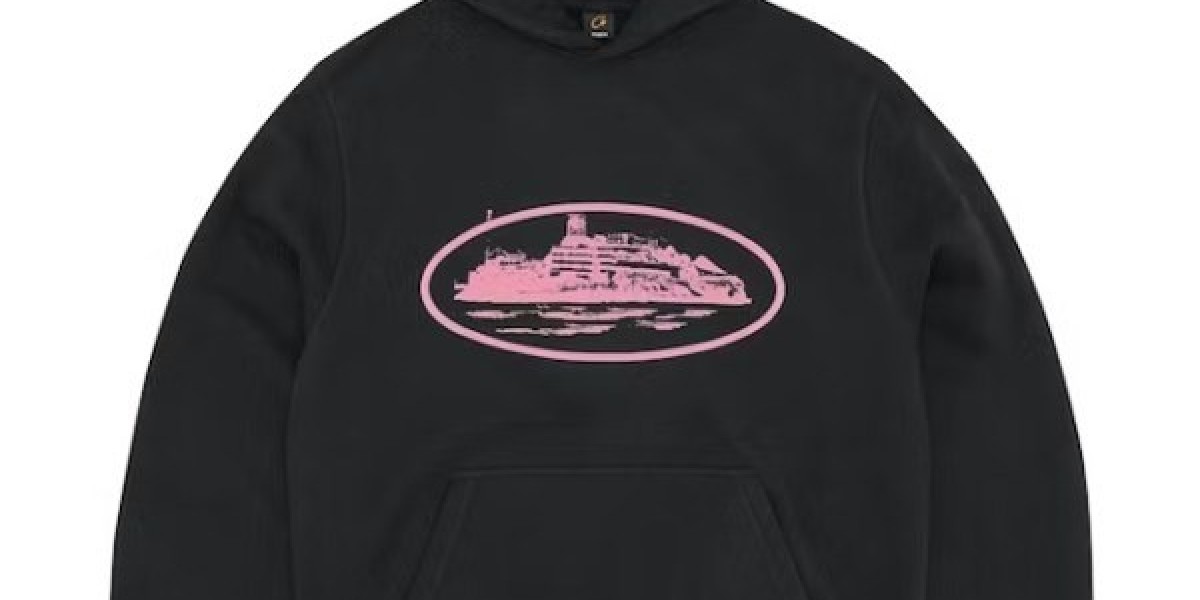Material Choice: Key Factors to Consider
One of the most important decisions when it comes to repairing or replacing your home's roof is choosing the right roofing material. There are several factors that need to be considered when making this choice such as durability, affordability, appearance, maintenance requirements, and climatic conditions. Your roof will protect your home for many years, so it's crucial to select high-quality materials that are built to last.
Asphalt Shingles
Asphalt shingles are the most commonly used roofing material for residential properties due to their affordability and wide availability. Made from fiberglass, asphalt, and mineral stabilizers, asphalt shingles are durable and able to withstand normal wear and tear from weather. They come in a variety of styles and colors to match your home's exterior design. While asphalt shingles are lightweight, budget-friendly options, they have a lifespan of 15-25 years and are more prone to damage from hail, high winds, and fire compared to other materials. Maintenance requirements are generally low to moderate. Asphalt shingles perform well in all climate zones.
Wood Shingles and Shake
Wood shingles and shakes add natural beauty, dimension, and charm to any roofing design. Made from cedar or redwood, wood shingles have a lifespan of 15-50 years depending on the quality of material and application method used. They are durable, fire resistant and complement certain architectural styles well. However, wood roofs require more maintenance over time involving treating, cleaning, and repairs. They are also more expensive initially compared to asphalt shingles. Wood shingles need to be carefully installed and sealed to prevent moisture damage in wet climates. Overall, they are better suited for milder climate conditions.
Metal Roofing
Metal roofs made from materials like steel, aluminum, copper, and zinc stand up well against difficult weather conditions like snow, hail, wind, and harsh sun exposure. Depending on the metal used, they have lifespans ranging from 40-100 years with little to no maintenance. Metal roofs are highly durable, energy efficient, and come with long warranties and guarantees. However, they tend to be more expensive than asphalt or wood shingles initially despite lower long-term costs. Metal roofs usually require special installation expertise. Galvanized steel roofs can last 50 years or more across all climate zones. Standing seam roofing made from metals like aluminum and zinc offer enhanced strength and weather protection.
Clay and Concrete Tile
Clay and concrete tiles lend a classic Mediterranean look to rooflines. They are extremely durable - often lasting 50 years or more and are very effective at preventing wind and fire damage. Made from durable fired clay or hardened concrete, tiles provide excellent shade coverage to keep homes cooler. However, tiles are heavier than asphalt or wood options and require robust roof framing to bear the extra load. They also involve complex installation and higher upfront costs compared to asphalt shingles. Clay and concrete tiles are best suited for arid, semi-arid, and low-snow climatic regions in particular. They manage heat gain better than most other materials.
Built-Up Roofing Systems
Large commercial and industrial buildings commonly employ built-up roofing comprising layers of bitumen-saturated felt interfaced with aggregate stone or gravel. These systems combine ease of repairs with durability and weather protection for flat or low-pitched roofs. Usually made with alternating layers of asphalt and felt membrane, built-up roofs can last 20-30 years and sometimes longer with routine maintenance and repairs. They offer excellent wind resistance, puncture-proofing and water shedding ability. However, complex multistage application and high material costs make built-up roofs economical only for big commercial areas. Proper slopes and drainage essential for these designs.
Green Roofing Materials
Eco-friendly or 'green' roofing options utilise vegetation and soil media on rooftops. Types include intensive green roofs with deeper planting medium and vegetation diversity or extensive versions using thinner substrate layers for hardier groundcover plants. Despite the initial cost premium, green roofs confer benefits like improved roof longevity through moderating temperature fluctuations, reducing heat-island effect, and improved stormwater drainage. They provide added living space and biodiversity. However, regular inspection and upkeep of vegetation growth is important. Green roofs are suited for city buildings with flat or low-sloped layouts where some solar gain, insulation, and aesthetics are desired outcomes.
Factors to Consider Before You Select
In conclusion, selecting the right roofing material requires assessing your budget, architectural style, maintenance tolerance level, local weather conditions, roof load capacity, lifespan required and environmental preferences. Hard metals last longest while asphalt shingles are inexpensive yet durable options. Clay/concrete tiles or wood add character but demand meticulous upkeep. Consider high-rated, branded products installed by a licensed professional for best results. Your roof is a crucial long-term investment that provides shelter and protection, so choose materials suited for your specific needs.
jack smith
25 Blog posts



